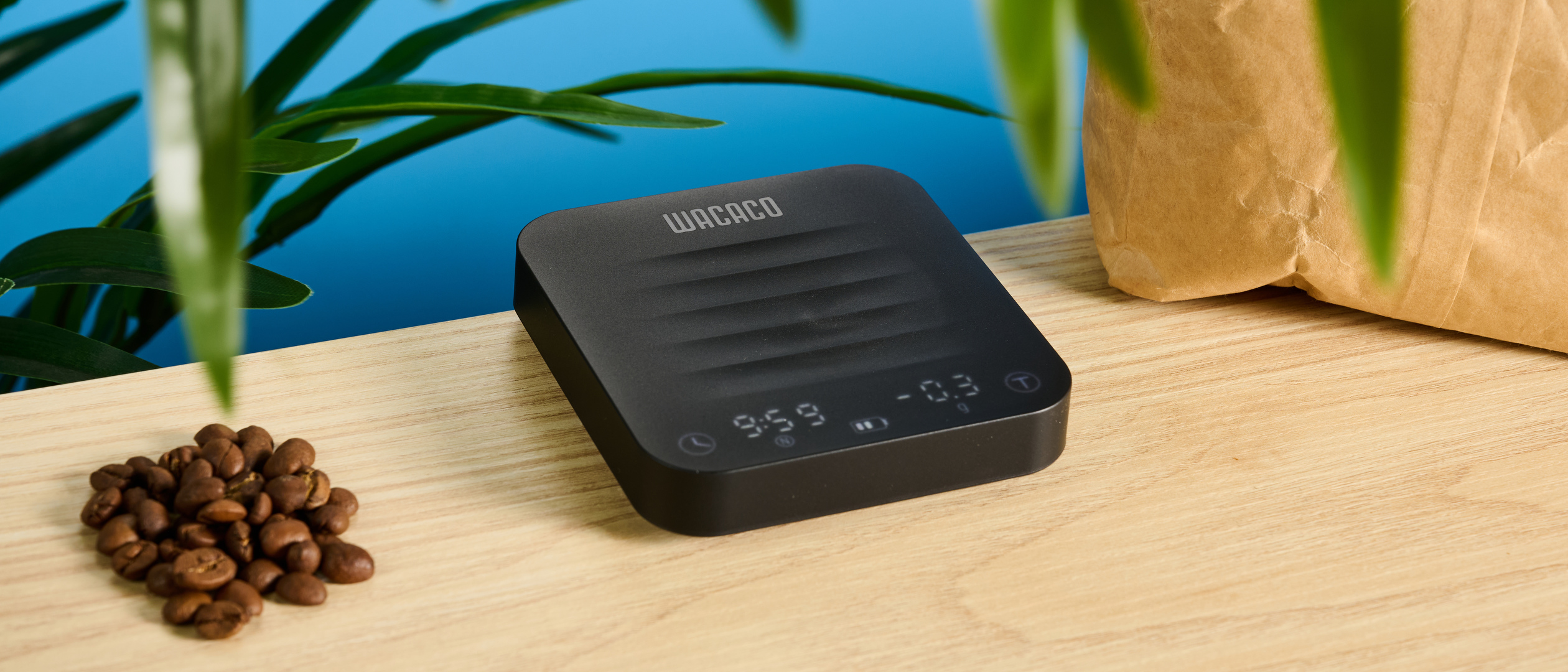Tom's Guide Verdict
With sleek, compact aesthetics and a range of easily-accessible brewing modes, the Wacaco Exagram Pro scale performs way better than its $49 price tag. However, it has no flow-rate monitor, which could be a deal breaker for some coffee lovers.
Pros
- +
Comes with carry case for on-the-go brewing
- +
Works in tandem with other Wacaco items
- +
Affordable price
- +
Ratio mode, auto detection
- +
Gorgeous
Cons
- -
Pressing buttons and sliders affects weight display
- -
No flow-rate monitor
Why you can trust Tom's Guide
Many premium coffee scales go for upwards of $100. So when I got my hands on the $49 Wacaco Exagram Pro coffee scale, I couldn’t believe how affordable it was. The Wacaco Exagram Pro looks, acts, and feels like one of the best coffee scales.
The upgraded version of the brand’s $34 Compact Coffee Scale, the Exagram Pro is refined without being pretentious. It has three modes — normal, pour-over, and espresso — and excels at every one of them. Although it has no Bluetooth connection or app (those features are often found on uber-premium, $200+ options), these built-in modes do everything you need and more.
I wouldn’t recommend the Exagram Pro for Chemex fanatics due to the compact size, but it works beautifully with most of Wacaco’s portable coffee maker range, and fits under espresso machine drip trays. Could this be one of the best coffee scales for the money? Find out in this Wacaco Exagram Pro coffee scale review.
Wacaco Exagram Pro Coffee Scale review: Cheat sheet
- Who is it for? Predominantly aimed at users of Wacaco’s handheld coffee maker range, but can also be used with V60, Aeropress and espresso machines
- What does it cost? A welcome affordable scale in the world of overpriced gadgets: $49 / £49
- What does it do well? It has a wonderful range of functions
- What do we wish it did better? I am not a huge fan of the pad and buttons in one: when you press a button, it affects the displayed weight
Wacaco Exagram Pro Coffee Scale review: Specs
Specs | Wacaco Exagram Pro Coffee Scale |
|---|---|
Price | |
Weight | 5.5 ounces |
Dimensions | 3.6 x 3.8 x 0.9 inches |
Max weight | 2kg |
Min weight | 0.3g |
Accuracy | 0.1g |
Materials | ABS, PC, stainless steel, silicone |
Color | Black |
Battery | USB-C rechargeable |
Bluetooth | No |
Standby time | 5 minutes |
Waterproof | Water-resistant, no IP rating |
Timer | Yes |
Accessories | Silicone heat-proof mat |
Wacaco Exagram Pro Coffee Scale review: Price & availability
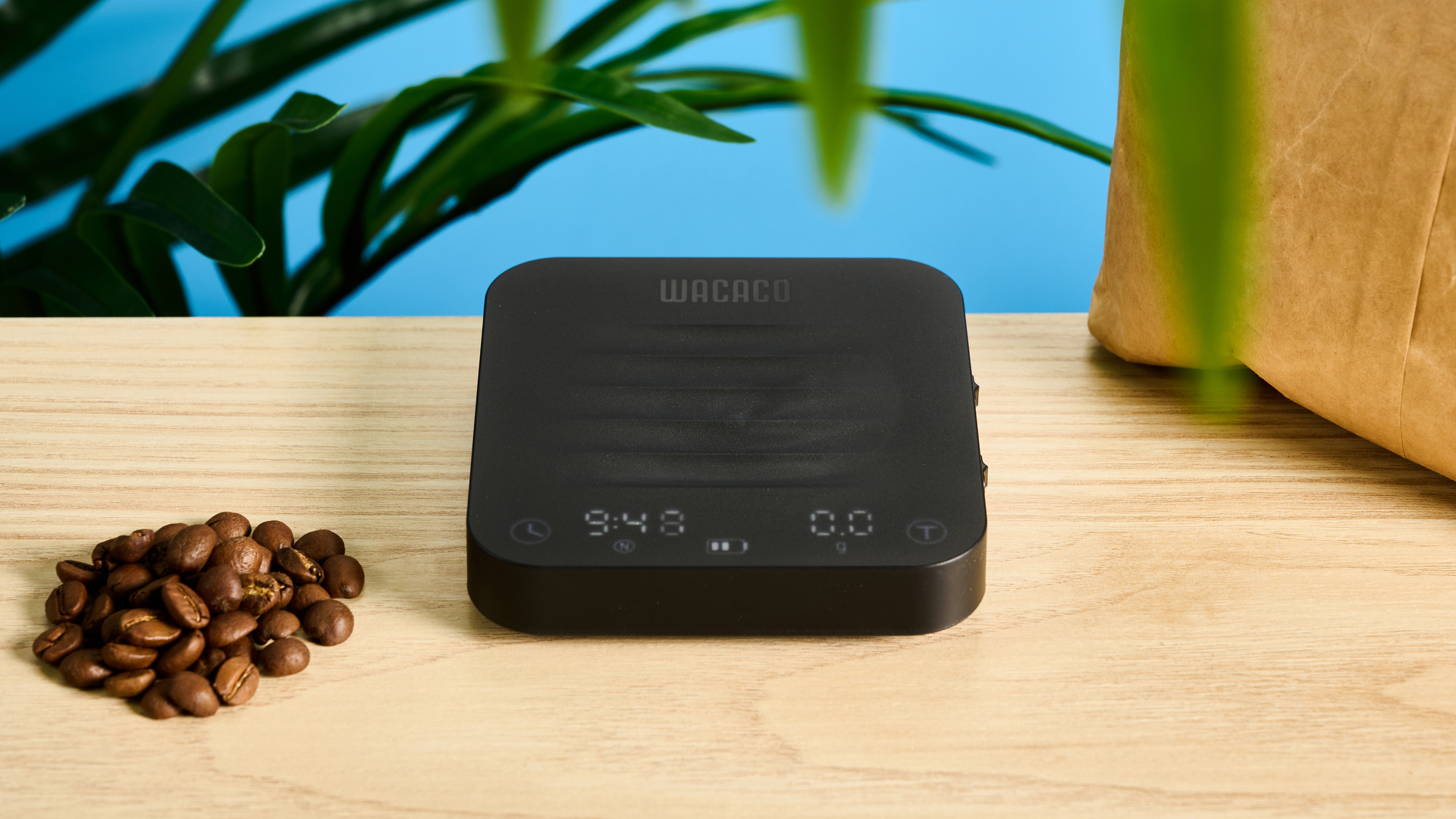
The Wacaco Exagram Pro scale is available for $49 from Amazon U.S. and £49 from Amazon U.K.. If you’re a newcomer to the world of coffee scales, you might be surprised: this is a cheap coffee scale. Recently, I’ve tested the $250 Acaia Lunar and the $220 Acaia Pearl S, which are some of the priciest scales on the market. Even the Hario V60 Drip Scale is $56, which has notably fewer functions than the Exagram Pro.
One of my favorite ‘affordable’ scales is the $59 Timemore Black Mirror Basic 2, which has the same auto-start as the Exagram Pro. The Timemore does, however, have a flow-rate monitor, which is the main thing I feel is missing from the Exagram Pro.
Wacaco Exagram Pro Coffee Scale review: Design & functions
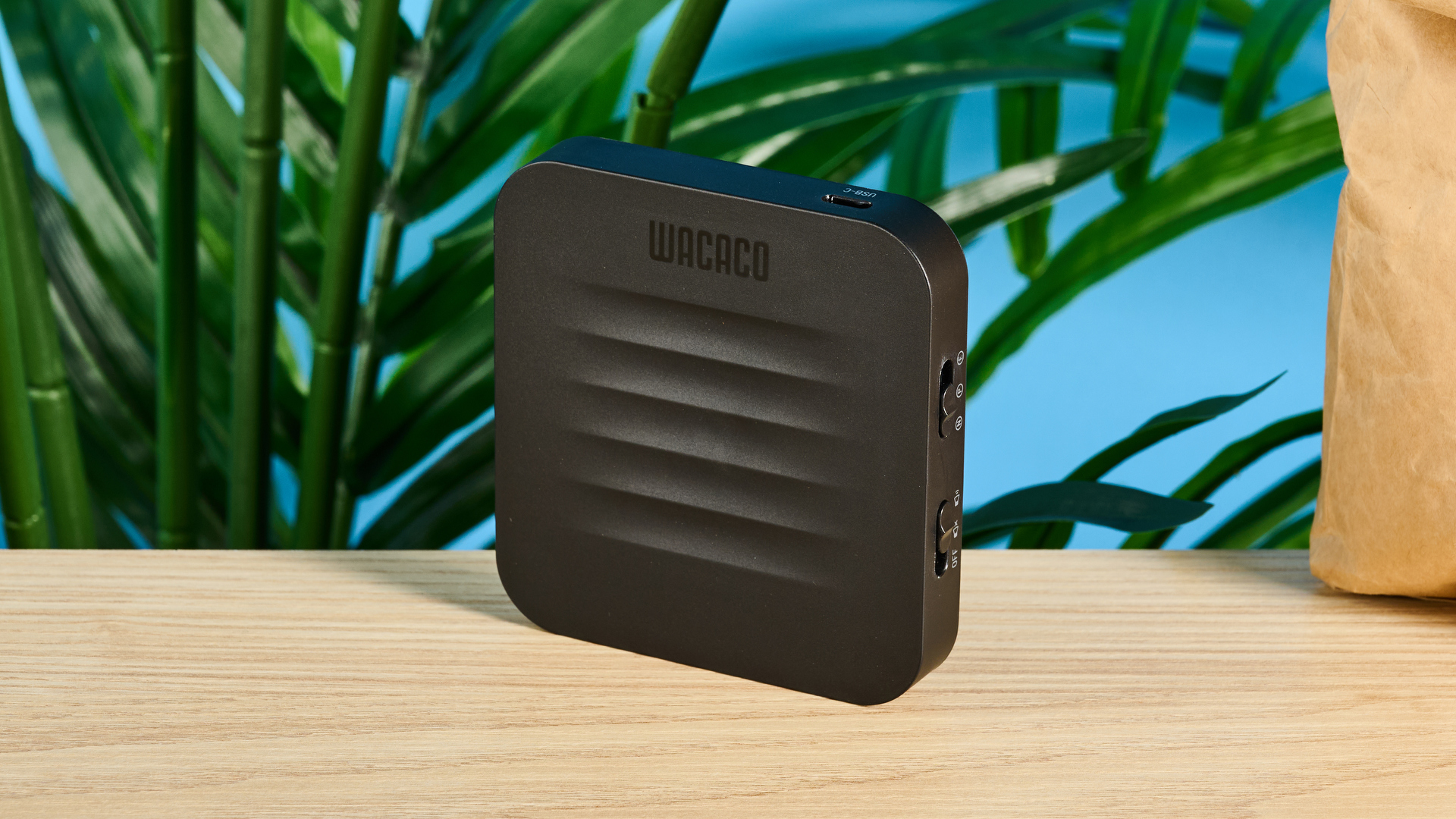
Considering this is such an affordable scale, the design is truly beautiful, and feels premium. There are no bells or whistles on the Exagram Pro, just pure, undiluted functionality. The scale is super compact, just 3.6 inches wide and 3.8 inches tall. Due to this size, I wouldn’t recommend it for Chemex users. It still worked with Chemex (more on that later, in the ‘Performance’ section), but it was a little finicky and our large 6-cup testing Chemex was concerningly unstable. As it’s only 0.8 inches high, the Exagram Pro slots nicely under an espresso machine drip tray, and even comes with a travel box that also acts as a booster seat for particularly large espresso machines, helping avoid espresso spattering over your worktop.
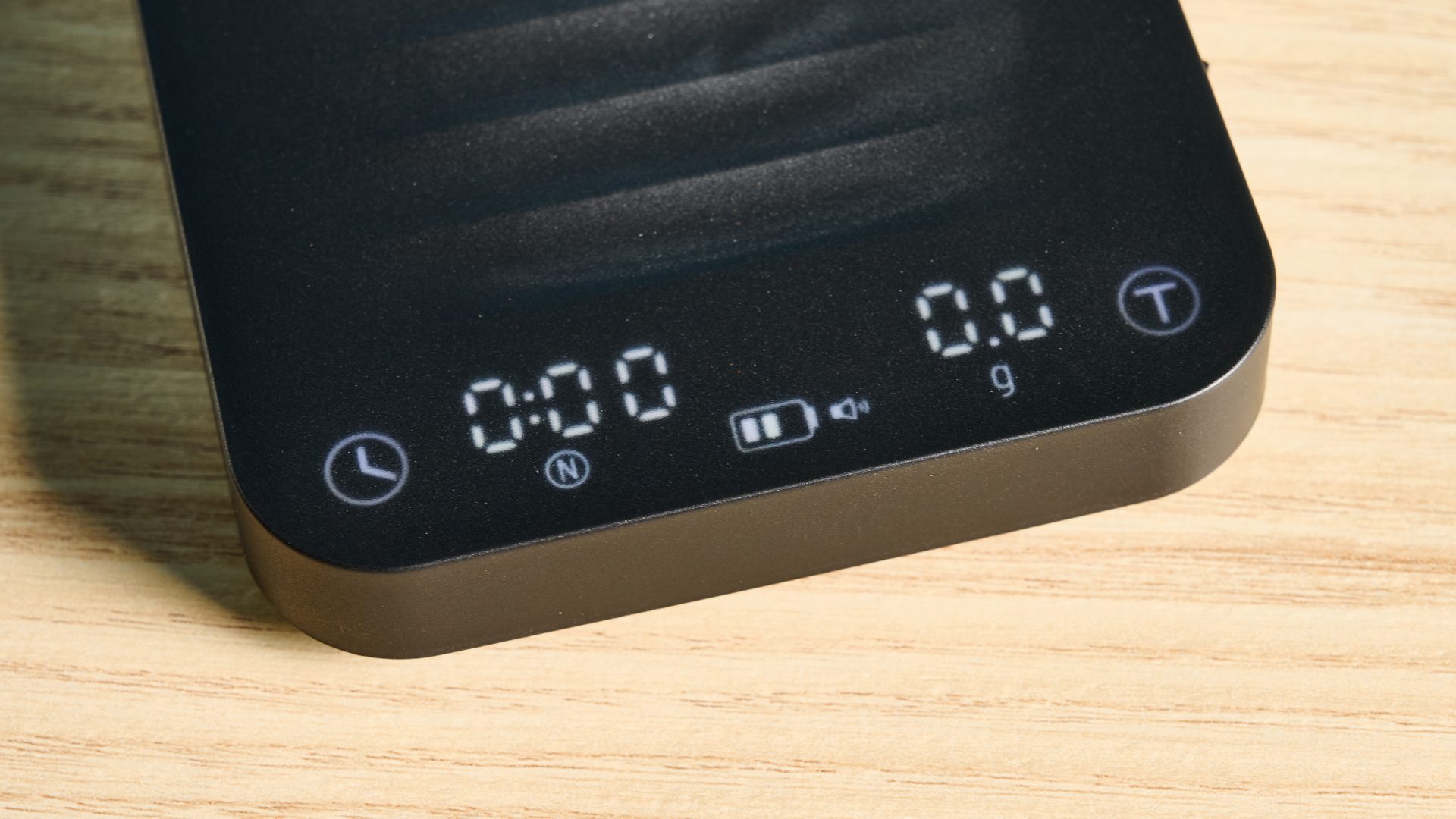
The dial surface is water-resistant, but has no IP rating, so I wouldn’t go around dunking it in water. There’s no cover for the USB-C battery port, so I would avoid water splashing into that hole. In comparison, the Felicita Arc ($110) is IPX5 water resistant, giving you peace of mind.
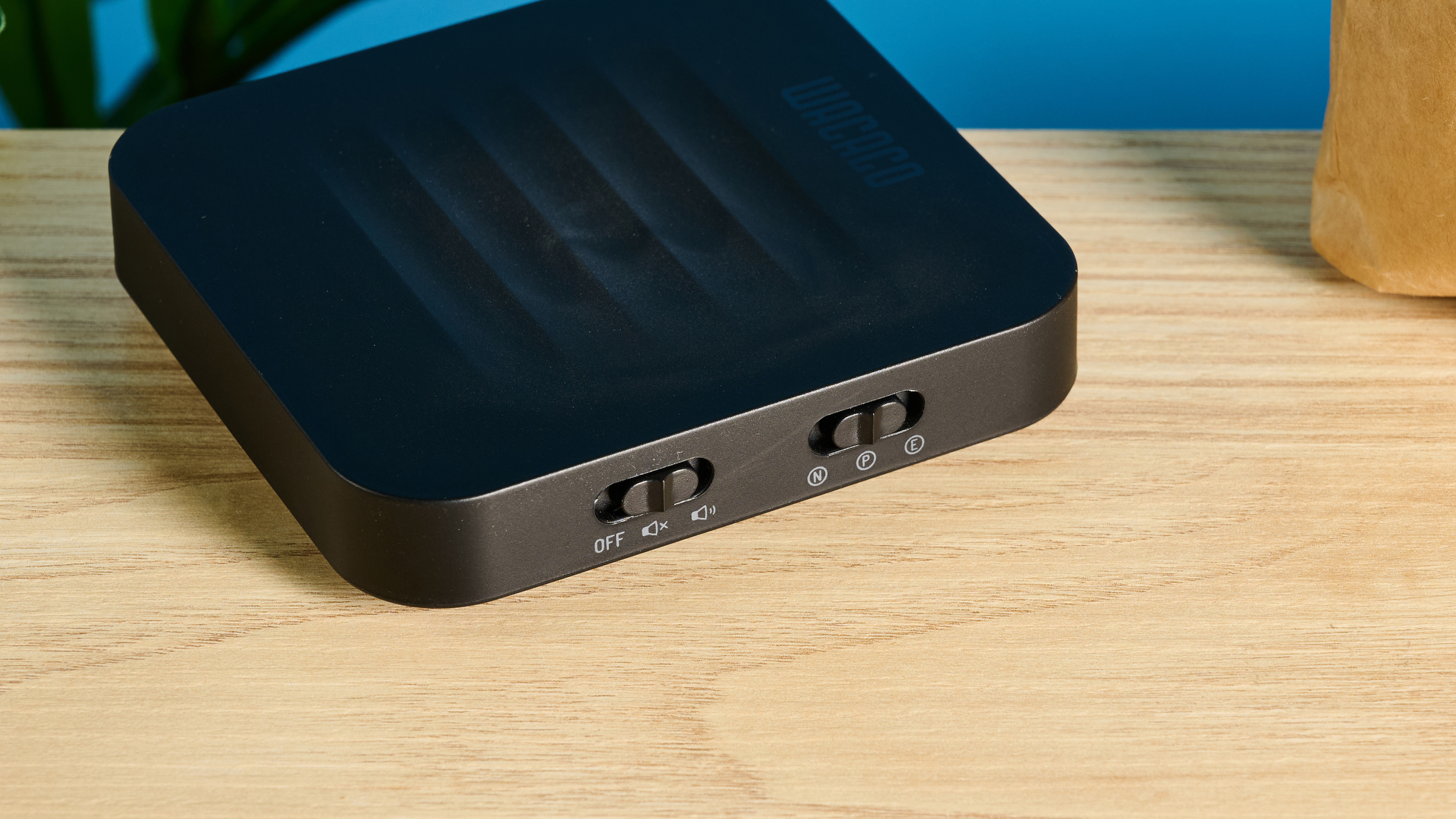
There are two sliding buttons on the right side of the scale: one for volume and one for weighing mode. I love that the Exagram Pro has actual tactile sliders for switching modes, as often the complex and overwhelming touch button process to switch modes has me studying user manuals, which I simply don’t have time for. On the top of the pad are the two touchscreen sections with a clock icon for the timer and a ‘T’ for tare. These buttons are a little finicky to use as tapping them will affect the weight display.
As briefly touched on above, the Exagram Pro lacks a flow-rate monitor. This is one of the key aspects of a coffee scale, so it’s a major shame that Wacaco omitted this feature from the new Exagram Pro. If Wacaco was to upgrade the scale in the near future, I’d say that would be the number one change necessary to elevate this scale from a 4* to a 4.5*.
Even so, the Exagram Pro still has some great functionality that makes this a serious contender for one of the most reliable, easy-to-use coffee scales. There are three weighing modes: normal, pour-over, and espresso. Normal is — you guessed it — standard mode. This allows you to set weight and timer completely manually. I’d recommend this for basic brewing, or if you already have ratios memorized.
Pour-over mode is a majorly diluted version of Acaia’s ‘Brewguide’, and similar to Fellow’s ‘BrewAssist’ mode. Pour-over mode counts up in seconds and weight until you reach your desired coffee:water ratio. I’ll discuss this more in the ‘Performance’ section below.
Espresso mode, again, does what it says on the tin. This mode allows users to weigh their coffee as normal, then enters an auto-detection mode. If you put your cup on top of the scale, it will auto-tare and then automatically start timing and weighing once it detects the first drop of water. Obviously if you wanted to time pre-infusion time, you’d need to use normal mode and figure that out manually. In reality, though, I found espresso mode worked perfectly when pulling shots on my De’Longhi La Specialista Opera espresso machine.
I’ll discuss all three of these modes in depth in the ‘Performance’ section below.
Wacaco Exagram Pro Coffee Scale review: Performance
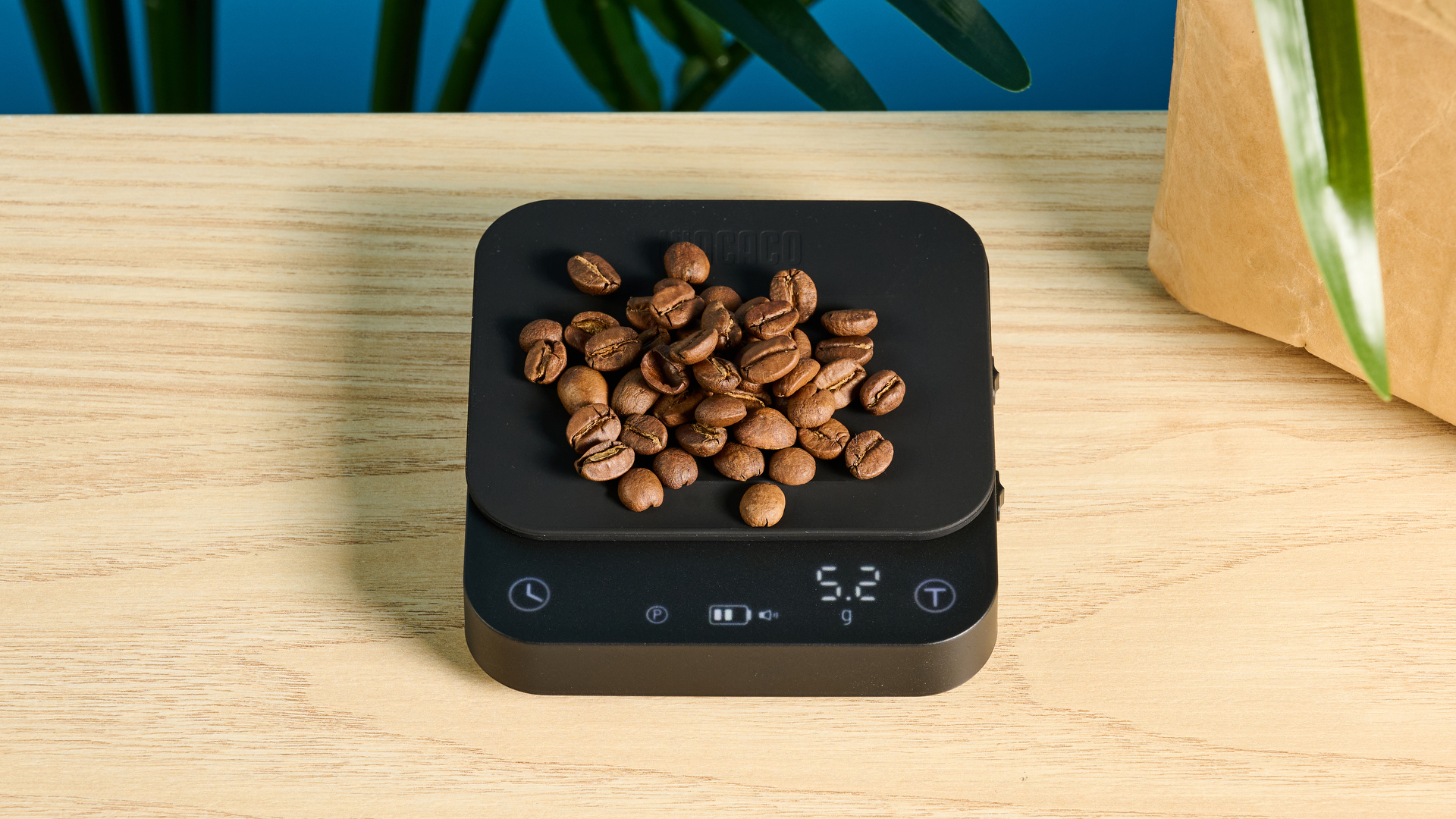
Before I get into compatibility with different brewing styles, I’ll discuss my accuracy testing. As with all my coffee scale reviews, I compared the Wacaco Exagram Pro against two other coffee scales to test its reliability. I test the weight of the 5 different batches of whole beans on each scale to check the results align.
As coffee is usually measured in grams (even in the U.S.), all testing was done in grams unless otherwise specified.
Scale | Test 1 | Test 2 | Test 3 | Test 4 | Test 5 |
|---|---|---|---|---|---|
Hario V60 | 342.5 | 248 | 6.2 | 17.1 | 11.9 |
Wacaco Exagram Pro | 342.9 | 247.9 | 5.9 | 17.2 | 11.9 |
Fellow Tally Pro | 343 | 248 | 6.1 | 17.3 | 12 |
As you can see from the above results, the Exagram Pro was consistent with the other scales. The only major discrepancy was with the first result, as it was 0.4 off the Hario V60 scale, but it was only 0.1g off the Tally Pro. In practice, I found no reliability issues with the Wacaco Exagram Pro.
I used the Wacaco Exagram Pro coffee scale with my 6-cup Chemex, my Hario V60, my Wacaco Cuppamoka, and my De’Longhi La Specialista Opera espresso machine. I’m not going to mark the Exagram Pro down for being incompatible with the Chemex, as not every single coffee scale is going to work with every single brewing method.
Despite being just 3.6 inches wide, I was still able to put the 6-cup Chemex on the weighing pad. I used pour-over mode to brew with the Chemex. As expected, the Chemex covered up the time and tare buttons, which meant I had to slide the coffee maker back to tare the scale before brewing.
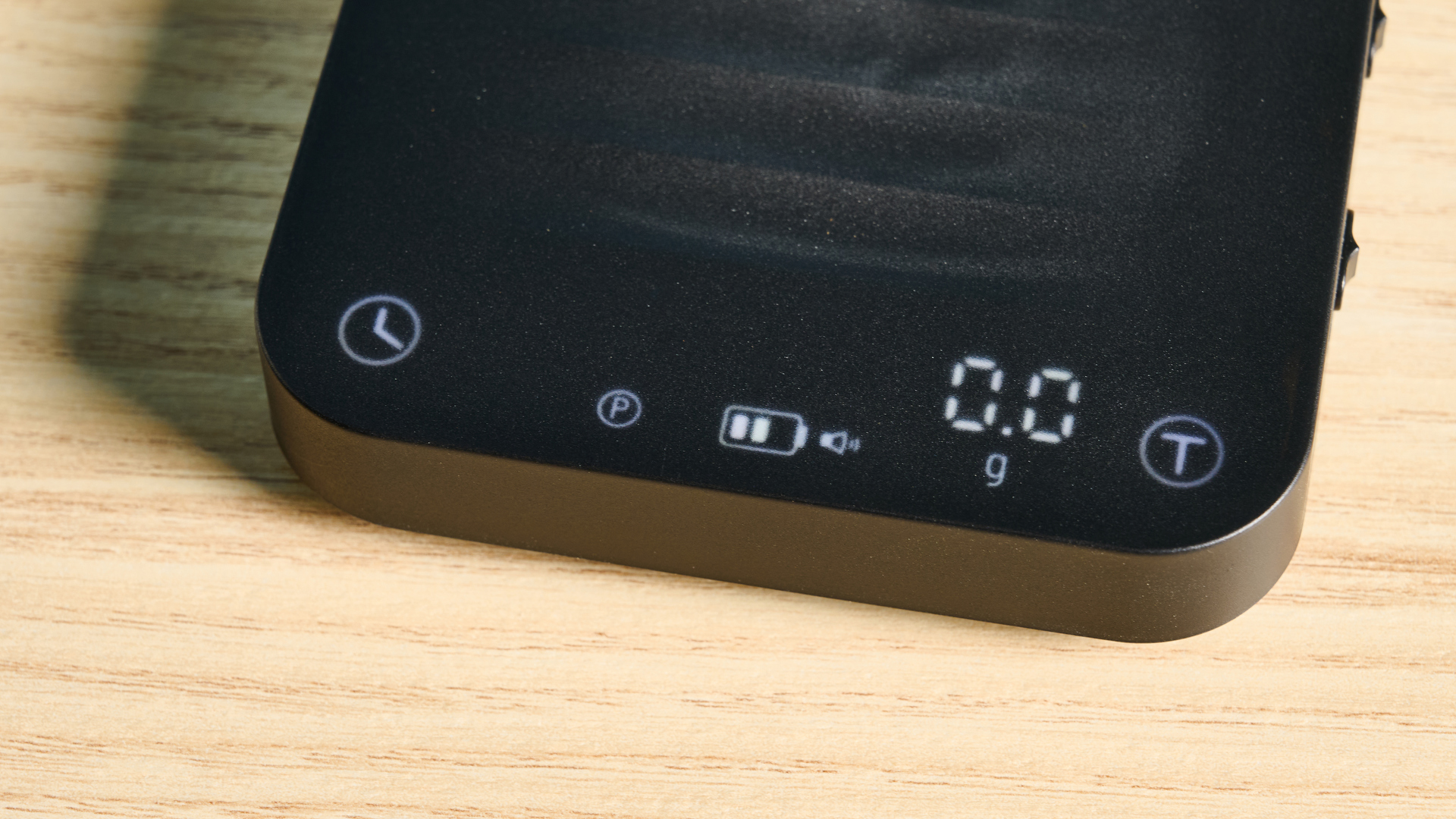
I dosed 48g of medium-coarse medium-roast coffee and pressed the ‘time’ button, which memorized the weight and entered auto-detection mode. As soon as I poured the water, the scale started calculating my ratio. I was aiming for 1:16, which is my favorite Chemex ratio. The Exagram Pro scale counted me up 30 seconds, then displayed a 10 second countdown. Once the 10 second countdown reached 2 seconds, the scale beeped. At 0, I started pouring water slowly again. I followed this same process every third ratio (so I stopped at 3.0, 6.0, 9.0, 12.0, and then finally 16.0) with a 10-second pause between each pour.
After around four minutes, I was left with three large cups of black coffee after pouring in 768ml of water. The coffee was delicious, with the perfect amount of acidity and tartness, and a nice wave of sweetness and bitterness to balance it out.

After testing with the Chemex, I decided to try the Exagram Pro with Wacaco’s own product, the Cuppamoka, which I’m currently testing for another review.
Given the compact size of the Wacaco Cuppamoka, I knew this would be a perfect brewing method to test with the Exagram Pro scale. If you’re not familiar with the Cuppamoka, it’s basically a thermos-style coffee mug inside which you brew the coffee. Then you drink from the same mug to save on gadgets.
I used the provided filters and scooped in 8g of coffee. The Cuppamoka instructions recommend 20g, but I had already drank three coffees that day — no need to die from caffeine overdose. Then, I poured in 130g of water (I overshot from the desired 128g). After 90 seconds, I had a delicious hot coffee that tasted balanced and complex.
As I still had espresso mode to test, I took the Exagram Pro home to use with my favorite espresso machine (in my opinion, the best espresso machine on the market right now), my De’Longhi La Specialista Opera.
To enter espresso mode, I slid the switch to ‘E’. I weighed out my coffee grounds, then tamped, and set up the machine for extraction. I placed the Exagram Pro on my drip tray and placed my mug on top. Thanks to the espresso mode, it automatically tared the weight. After tapping the clock button, the scale entered ‘auto-detection’ mode. As soon as the first drop of espresso landed in the mug, it started timing. I got a perfect 36g of espresso from 18.1g of coffee in 26 seconds. I added ice and oat milk and enjoyed one of the most delicious iced lattes I’ve ever made.
While the coffee tasted delicious for the most part, I wish there was a flow-rate monitor for those days when something doesn’t taste right and you need to troubleshoot. I would have to calculate flow-rate myself from the timer and the weight, which is obviously doable, but a flow rate monitor helps you get really granular. Other than this lack of flow-rate monitor, though, the Wacaco Exagram Pro performs well.
Wacaco Exagram Pro Coffee Scale review: Storage & maintenance
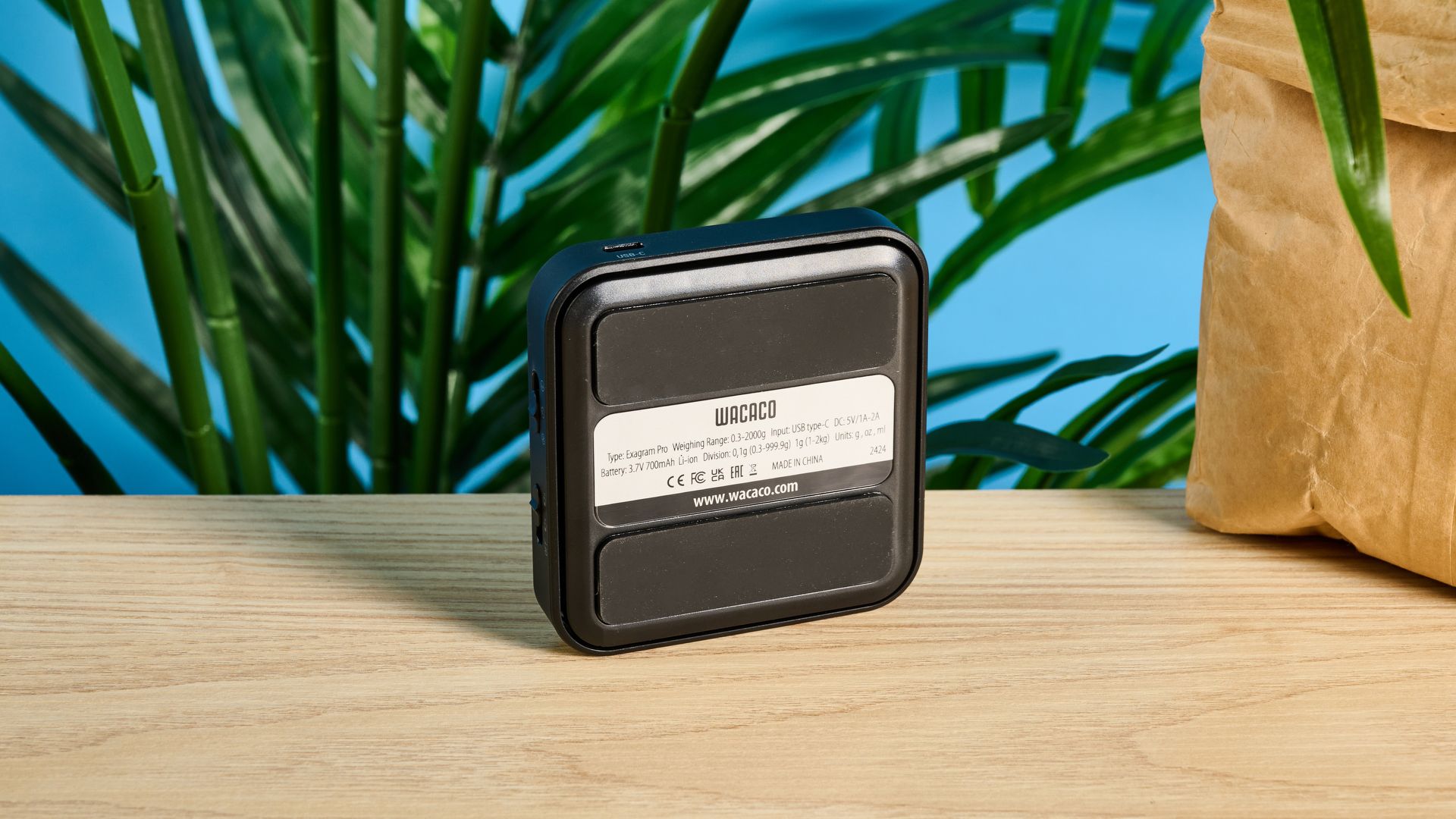
Wacaco provides a 2 year warranty for the Exagram Pro scale, meaning it should see you through multiple years of service. The battery is a rechargeable USB-C (cable provided) and is rated to last 15 hours on a single charge. Wacaco warns not to use the scale while charging.
You don’t seem to be able to repurchase the silicone mat, so you would need to get a third-party product if you were to lose it.
I have reached out to Wacaco’s representative for instructions on how to enter calibration mode: there's no instructions in the user manual. Wacaco has confirmed that to enter calibration mode, users must tap 'T' four times, with a long press on the fourth touch. The scale will calibrate with either 500g, 1kg, or 2kg. However, they warned against entering this mode, as it could mess with the scale's settings. Other scales like the Felicita Arc come with weights to calibrate when required.
On the plus side, the Exagram Pro is compact enough that it’ll slot away into kitchen cupboards in between uses, and on top of espresso machines, and it’s super easy to clean with a quick wipe.
Wacaco Exagram Pro Coffee Scale review: How does it compare?
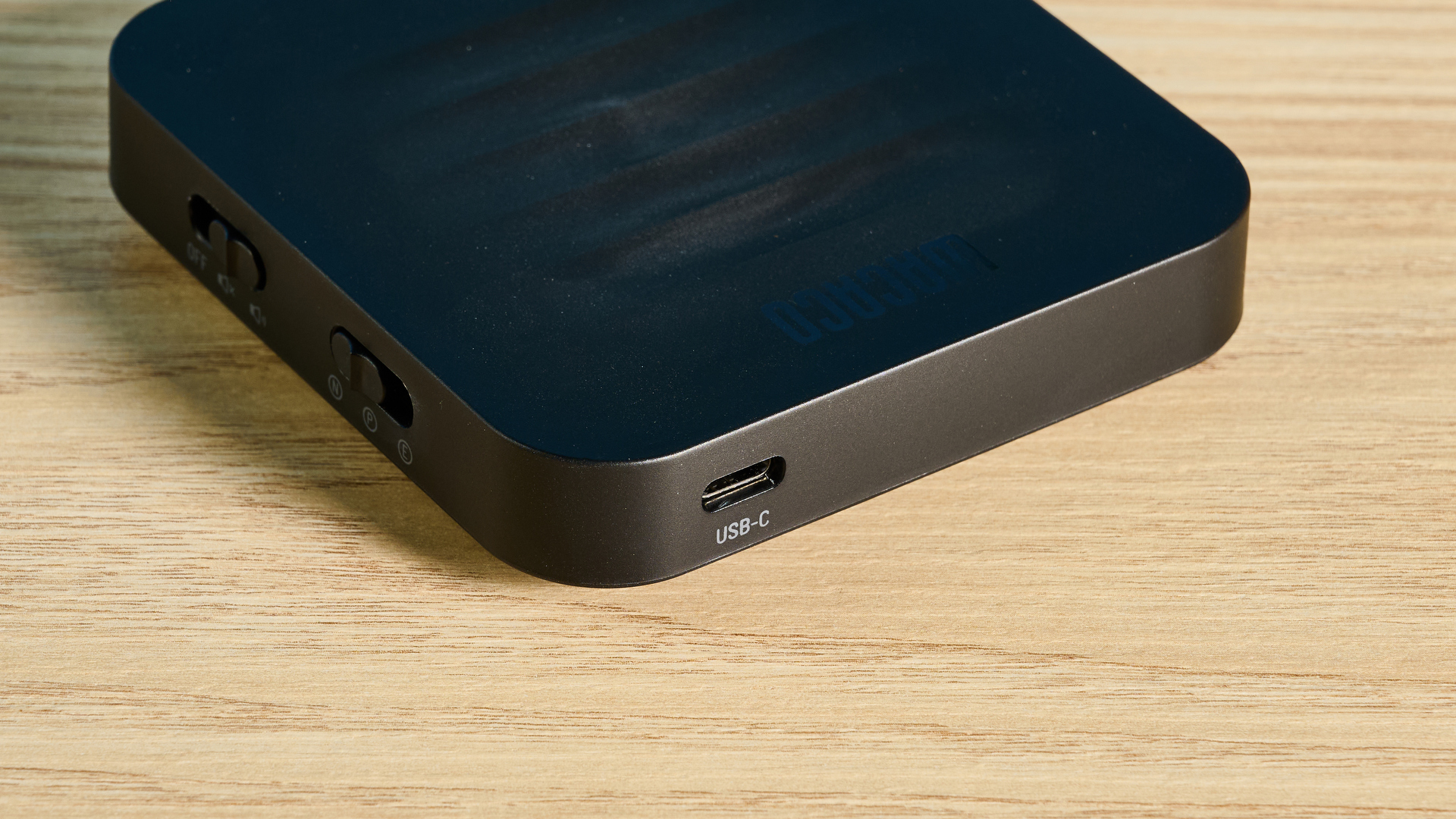
Considering this is one of the most efficient and cheap coffee scales, the Wacaco Exagram Pro looks pretty good in comparison to others I’ve tested. My only issues are that it doesn’t have a flow-rate monitor. An affordable scale with a flow-rate monitor is the $59 Timemore Black Mirror Basic 2. More premium options like the $110 Felicita Arc and the $220 Acaia Pearl S would be ideal for those requiring a flow-rate monitor.
Scales with the aforementioned calibration modes are the Felicita Arc, Acaia Lunar, Fellow Tally Pro ($185), and the Acaia Pearl S. These are the best of the best scales, and with high prices to boot.
In terms of other more affordable scales, the Wacaco Exagram Pro is the best. The KitchenTour coffee scale ($29) is the cheapest I’ve reviewed, but it’s unattractive and doesn’t have a flow-rate monitor. The Maestri House coffee scale ($39) is pretty, but, again, doesn’t have a flow-rate monitor. In the world of affordable coffee scales, the Exagram Pro stands out as the best.
Wacaco Exagram Pro Coffee Scale review: Verdict
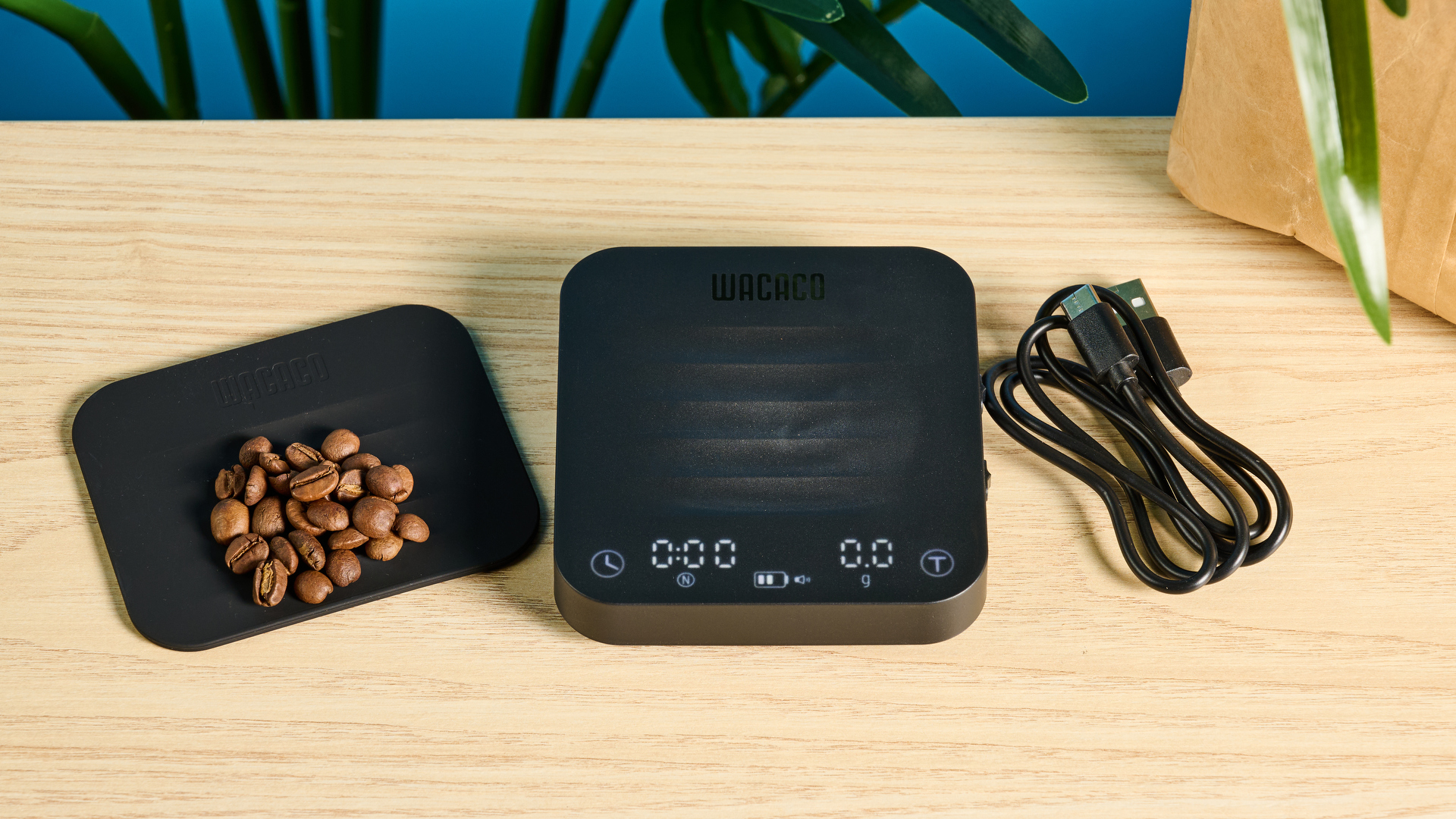
The Wacaco Exagram Pro performs like a much pricier scale. It’s a sorry state of affairs in the specialty coffee world when $49 is considered cheap, I know. But in terms of budget-friendly scales, the Exagram Pro is likely the best. No, it’s not as cheap as the $29 KitchenTour or the $39 Maestri House, but it performs better than both: the controls are easier to master than the Maestri House, and it looks so much better than the frankly ugly KitchenTour.
However, it’s not perfect, and that’s why it hasn’t received my coveted 4.5* rating. There’s no flow-rate monitor so you can’t easily troubleshoot mistakes in your brew. However, for just $49, this scale is a force to be reckoned with. For those needing a great scale in a pinch, the Wacaco Exagram is a fantastic option.

Erin Bashford is a staff writer at Tom’s Guide, covering reviews. She has a Masters in Broadcast and Digital Journalism from the University of East Anglia and 7 years of experience writing music, events, and food reviews. Now she’s turned her attention to tech for Tom’s Guide, reviewing everything from earbuds to garlic crushers. In her spare time you can find her reading, practising yoga, writing, or stressing over today’s NYT Games.
You must confirm your public display name before commenting
Please logout and then login again, you will then be prompted to enter your display name.
